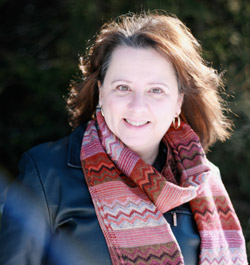Photo courtesy of Dreamstime.com
For years, the collective wisdom told us we needed to “seek closure” when someone dies. It would then, supposedly, become easier to “move on” and live our lives. Now, researchers and advocates of death and dying have determined we need not cut the ties we have with those we have formed bonds and connections with.
Continuing Bonds
“Unsent letters” (Neimeyer, 2002) are an attempt to say “hello again” (White, 1989) rather than saying a final goodbye to your loved one. The important thing to remember when writing this letter is to reopen contact with the person you love rather than seeking closure of the relationship.
The following helpful prompts are from Techniques of Grief Therapy, Creative Practices for Counselling the Bereaved, Edited by Robert A. Neimeyer:
- What I have always wanted to tell you is . . .
- My most treasured memory of you is . . .
- What you never understood was . . .
- What I want you to know about me is . . .
- What I now realize is . . .
- The one question I have wanted to ask is . . .
- I want to keep you in my life by . . .
Attachments to your loved one will eventually take a more psychological form (what legacy did they leave, what lessons have you learned) and/or spiritual form (synchronicity, signs, etc.).
| But I think, maybe, there is some validity
In accepting that a part of you went With the person who died, And a part of them stayed with you. The Grief Toolbox PIN, Nov/16 thegrieftoolbox.com |
Some things to consider:
- Death is something that happens to a person’s body, not their spirit/soul/essence.
- Behind grief is the reflection of all the feelings you have for your loved one; from love to sadness and everything in between.


